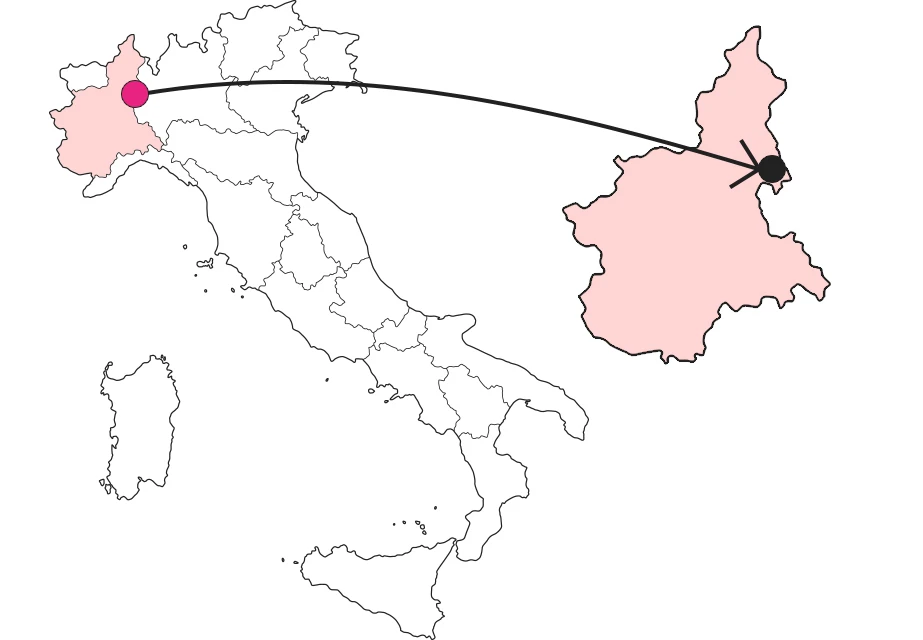








Where

What it is and where it is
The church of San Vincenzo in Castro stands on a historic site, next to the remains of Domino Castle in Pombia, and right on the base of a defense tower, rests the bell tower. Although there is no certain dating of the church's origins, the style is Romanesque: the masonry consists of stones and salvaged pieces joined by mortar and has hanging arches on the side walls and on the facade below the eave line. The very facade, with a salient structure, is largely hidden by the mighty exonarthex and shows the typical basilical division with three naves.
Why it is special
The interior was almost entirely distorted in the Baroque era. Fortunately, not all was lost: some fragments of a Last Judgment with angels in the upper register, Christ the Judge in mandorla, the four Apostles, and in the lower register, a group of the elect, still survive in the counter façade. Of great effect is the color table in shades of red and yellow, making it unique in the province of Novara.
Not to be missed
The large exonarthex, built after the church, rises on two floors with a mighty square plan. The upper room features a chapel frescoed with motifs to refer to the underworld: the rooster, symbol of vigilance, the peacock for the immortality of the soul, a three-headed chimera, and a fair with a spotted body. Above them, a figure, perhaps an angel. They move among palmettos and tufts of grass, a symbol of hope and eternal life. According to some studies, this place may have been an atoning chapel, where services were held in honor of Litulphus, son of Otto the Great.
A bit of history
The territory of Pombia is rich in evidence related to the Golasecca Culture, the Celts, the Romans, the Lombards and, in the medieval period, the Franks with the Counts of Pombia, the feudal family that took possession of the village in the 10th-11th centuries, later becoming the Counts of Biandrate. Pombia was a comital seat and jurisdictional center of the Novara area and followed the vicissitudes of the Duchy of Milan, the Visconti and then the Sforza; later it passed to the Nibbia and the Borromeo families, whose beautiful palace (15th century) still exists today. From the 17th century it was part of the fief of the Caccia family and later of the Ferreri family.
Curiosities
In the archaeological section of the C. G. Fanchini Museum in Oleggio is kept one of the rarest and most curious pieces found in Pombia related to the Golasecca culture: a glass in which traces of fermentation sugars, cereals and hops were found, so much so that it was evident that it was a beer, dark and high in alcohol. The finding of the jar, contained in a tomb, constitutes the oldest European evidence of beer production.
Enter the Map of Italy's Undiscovered Wonders and find treasures where you least expect it... Inspire, Recommend, Share...
Contacts
Collections
The Map thanks:
In the Community
Enter the Map of Italy's Undiscovered Wonders and find treasures where you least expect it... Inspire, Recommend, Share...
Where

Contacts
Collections




